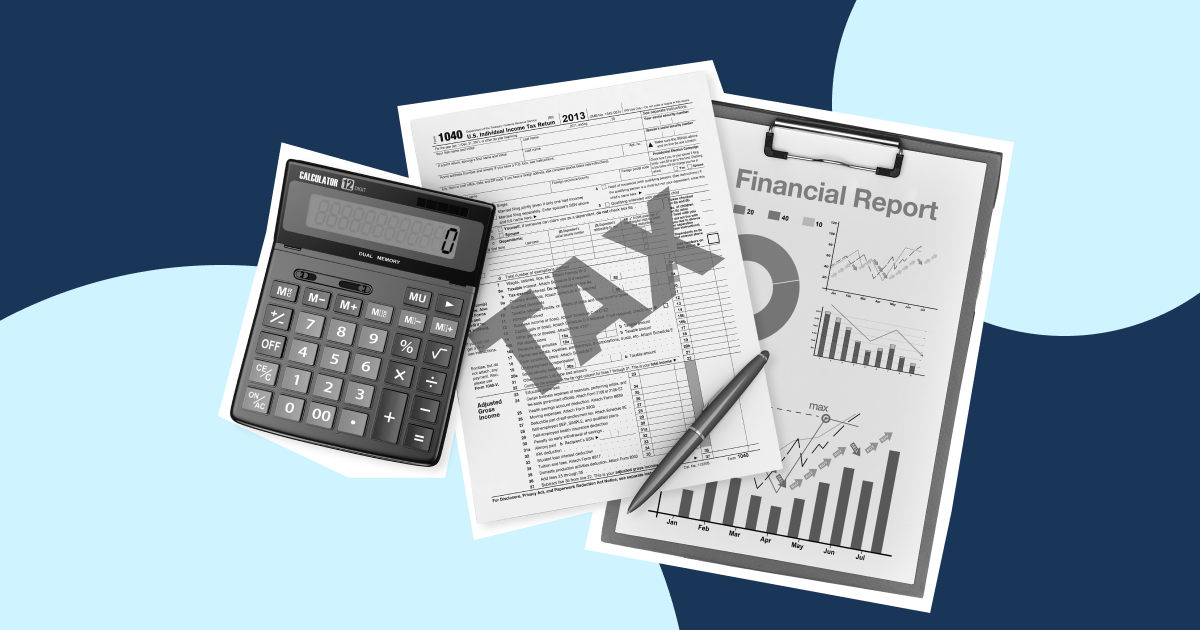Summary
All business startups require a great financial plan to survive in the long run. The financial plan helps in supporting a business pitch for prospective investors to win funds, and more! The good news is that you only need to know the important features that should be included in a financial plan to build one.
In this article, we are going to introduce you to the 6 simple steps you ought to take in beginning a financial plan for your startup.
1. Know the Startup Cost
The startup cost is the business’s total expenditure before it even starts running. Every new business requires that you calculate the start-up cost. Startup cost includes the value of the necessary equipment, renovation, permits and license, and all the miscellaneous expenses incurred before the start-up inception. Knowing the cost enables you to understand if the business can be bootstrapped or would need outside funding. It is also essential when you are compiling a financial statement.
2. Generate a Forecasted Cash Flow Statement
A cash flow statement summarizes the amount of cash that the business has brought in and disbursed for expenses. This is an essential element as with the income statement since the business can see how it manages its cash and how cash is generated to pay debts and to fund its operations.
A forecasted cash flow statement lays out all your expected future cash information clearly and makes it easy to get investors. It also enables a business to understand its general cash position, and the company could have cash and yet be unable to pay its debts and vice versa.
The statement comprises of three main components:
- Cash Revenue Projection – the expected or estimated sales for every month
- Cash Disbursements – the expected or estimated monthly total expenses
- Cash Revenue & Cash Disbursement Reconciliation – the subtraction of the total cash disbursements from the total cash revenue
Two major accounting methods can be used for the statement: cash accounting and accrual accounting.
Note: It is recommended for a startup business to use the accrual accounting method since its ability to see how the business works, unlike cash accounting where it is more challenging to track the business’s ins and outs.

3. Generate a Forecasted Income Statement
Also known as the Profit and Loss Statement (P&L), this income statement that you want to generate should show the expected profits and losses for your business over a given period; revenues, expenses, depreciations, net profits etc. that particular time frame. The following are included in the income statement:
- Revenue – the sales a business makes over the specific period
- Expenses – the amount of money that the business spends
- COGS – the cost of goods sold
- Gross margin – the total revenue less COGS then divided by total revenue
- Operating income – this is given by Gross margin less the Operating Expenses
- EBITDA – earnings before interest, taxes, depreciation, and amortization. The profits made before tax obligations
- Net income – the amount that equal to EBITDA less the (TIDA) taxes, interest, depreciation, and amortization
This forecasted income statement enables one to make informed decisions about the business since they can see a general overview of their projections.
4. Create a Projected Balance Sheet
A balance sheet is like a snapshot of the business’s net worth. It shows your financial position by getting the difference between your total wealth as a business and your debts. It mainly consists of three parts: liabilities, assets, and equity. It comprises of 3 elements:
- Assets – resources owned by the business
- Liabilities – things that the business owes
- Equity – assets less the liabilities
For a startup business, you need to put projections for the sheet. These projections serve as a benchmark for the actual results at the end of the financial year. Potential investors need to study the balance sheet to understand the business’s financial position for that year.
5. Do a Break-even Analysis
This is an analysis of how much a business should sell to break-even i.e. recoup all its initial expenses. The break-even analysis helps a company determine its pricing and how many more units it should sell at a particular point to cover costs. For instance, if your client pays $100 for a product, the wages cost $30, and the material costs $20. The contribution margin will be $50 ($100-$30-$20=$50). With these, a business can determine the number of sales it requires to break-even.

6. Conduct a Business Ratio Analysis
A ratio analysis is a useful tool used by potential investors to assess the relative health of your startup. It can reveal positively and negatively trends in your business performance. The data for ratio analysis comes from your balance sheet and income statement. The ratios obtained should be compared to similar businesses. Here are some ratios that are usually looked at and can be provided by your business advisor or accountant:
- Current ratio – compares current assets to current liabilities indicating a business’ ability can pay its short-term debts
- Leverage ratio – shows the ability of a business to pay its long-term debts
- Efficiency ratio – the utilization of a business’s assets
- Profitability ratio – the measure of how the business manages its operations and uses its assets
Conculsion
A financial plan is an important feature for any startup business and it is definitely more than just the above steps. We also need to decide on the method of financing the business and learn the best ways to approach various types of lenders. Nevertheless, as the saying goes, “A journey of a thousand miles begins with a single step” and by taking these simple few steps, you will be on the path to achieving your goal. Having a clear financial plan, you are less bound to make uninformed decisions and big mistakes that can impact your business negatively as well as helping in landing new investors to fund for your startup business.










%201.webp)


.webp)